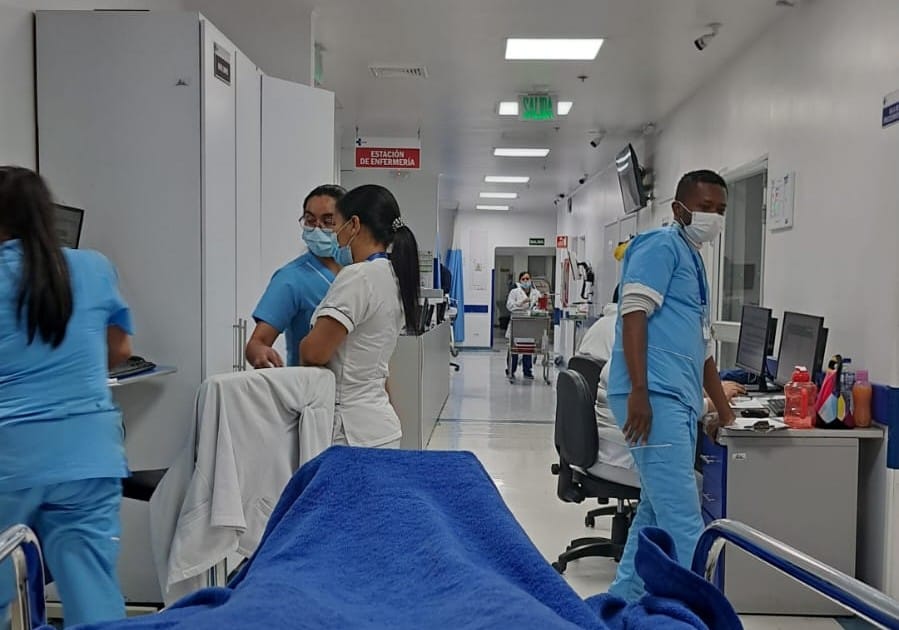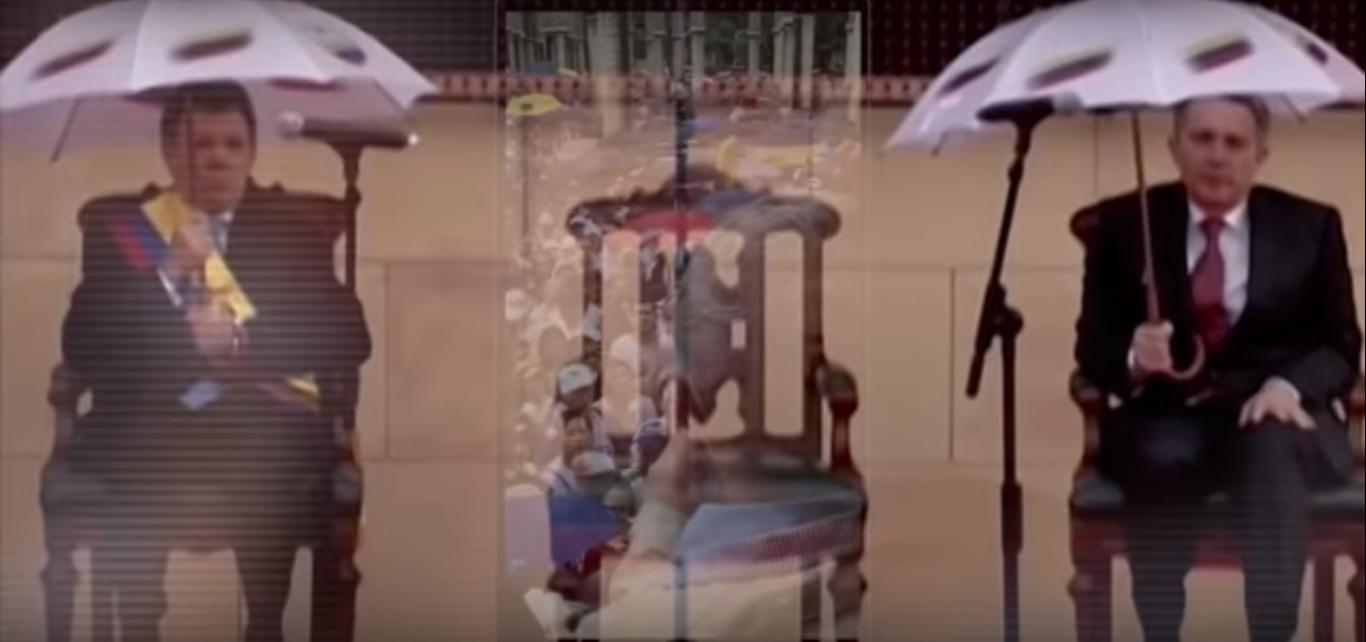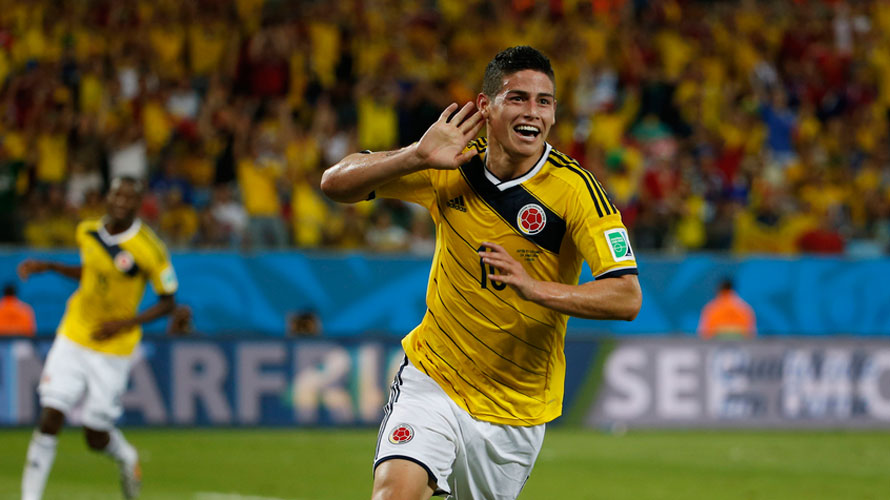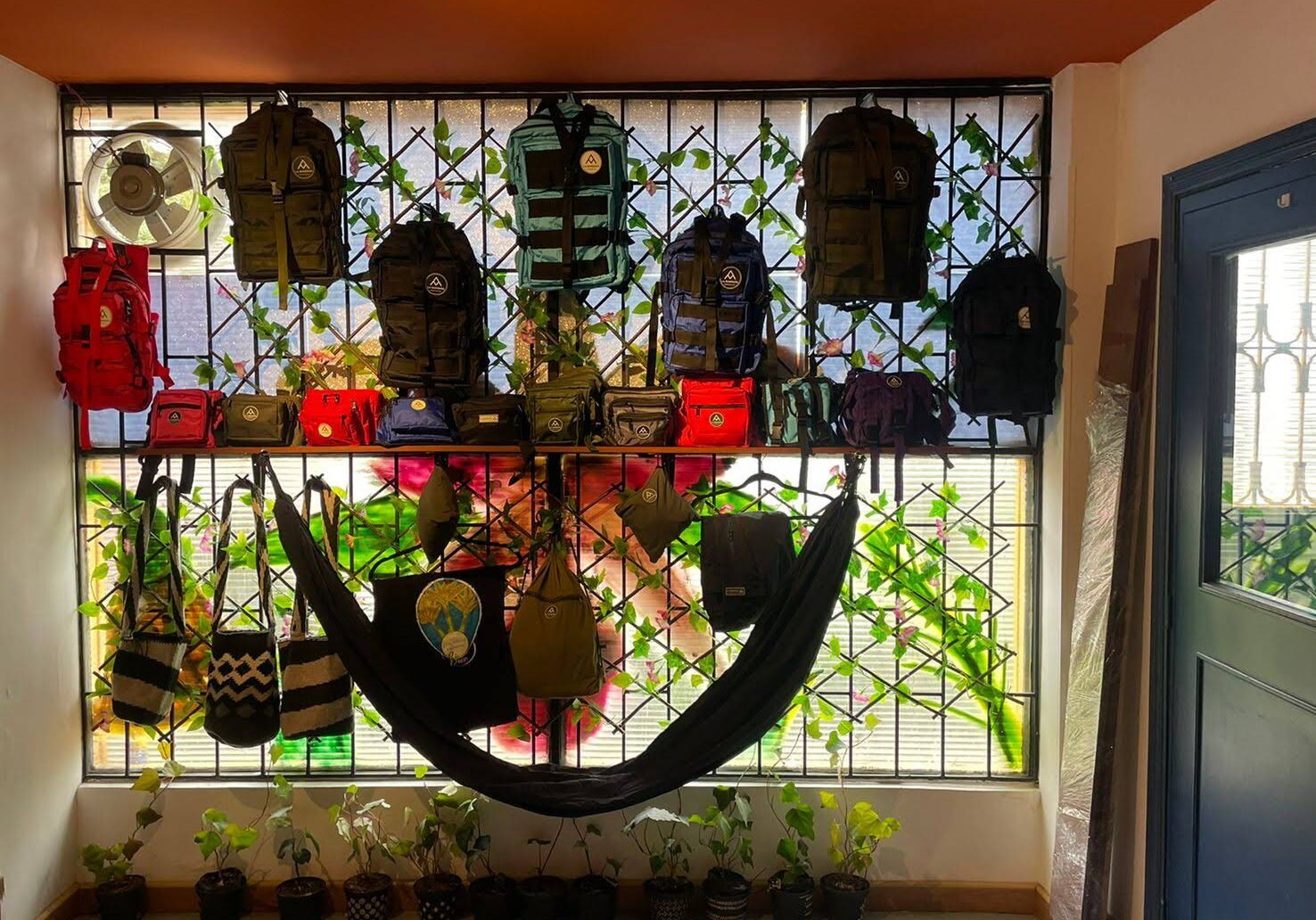Simmering social and economic tensions have led to violent clashes. What now?
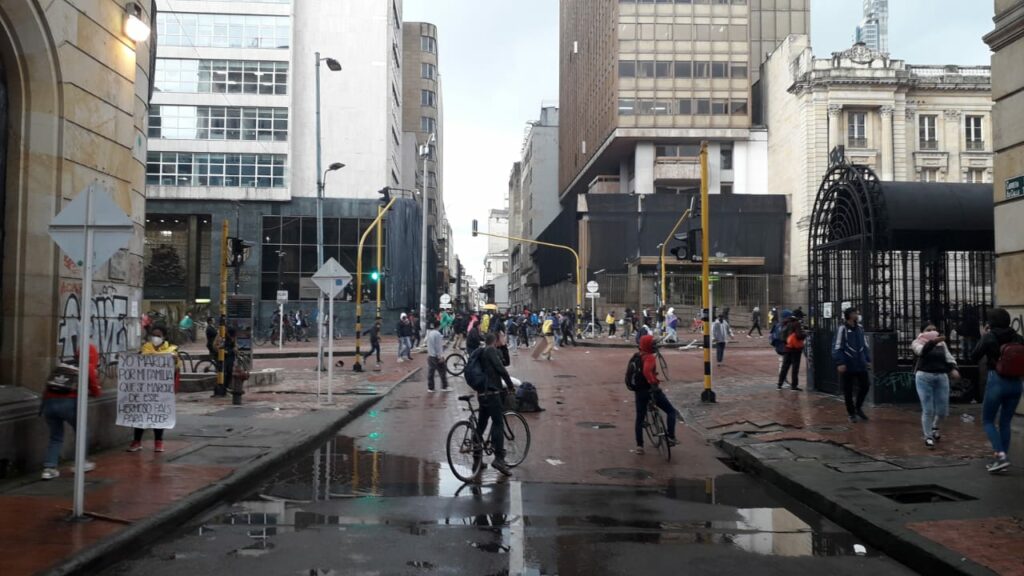
The nation again woke up to videos of violent scenes after protestors clashed with police and military overnight in violent protests in Colombia.
Today is the eighth day of protests in Colombia, and the disturbing scenes have only served to push more people out onto the streets today. Up until now, the daytime demonstrations have been mostly peaceful. It is at night that things have turned ugly.
From videos of police on motorbikes tasering pedestrians to beatings, shootings, and arson, it is difficult to keep up with all the reports of brutality in the week. Cali has been at the epicentre of the violence. That’s partly because the city is already the centre of three regions hard hit by armed gangs and drug trafficking.
One video showed tear gas being thrown into a bus in Manizales as passengers struggled to escape. Another showed a vehicle circulating and shooting in Bogotá, and in Cali, another showed police firing at demonstrators.
It is difficult to untangle what’s real, and ColombiaCheck is in overdrive. But what’s clear is that civilians are dying at the hands of the police and military – and it isn’t over yet.
How many people have died in the violent protests in Colombia?
According to NGO Temblores, who are working to document the claims of police brutality, there were over 1,400 reports of police violence between 6 am on April 28 and 8 am on May 4. The NGO reports 216 people were victims of physical violence and 31 people were killed.
Colombia’s ombudsman, Defensoría del Pueblo, said on May 3 that it was investigating 19 deaths during the protests. These were in Valle del Cauca, Bogotá, Neiva, Cali, Soacha, Yumbo, Ibagué, Madrid, (Cundinamarca), Medellín, and Pereira.
Although the estimates vary, it appears clear that more people have died in the last week of protests than in the mass demonstrations of 2019 where a student was shot dead in broad daylight or the violent clashes of last year against police brutality which left destruction throughout the city.
In addition to the injuries and loss of life, much of the country is at a standstill. Many of the country’s main roads are blocked, as are a number of entry points to the major cities. Buildings and buses have been set alight, and there are plenty of stories of looting and vandalism.
What is the government doing?
President Duque has already withdrawn the unpopular tax reform that sparked the demonstrations. That hasn’t worked. Yesterday, he called for an “open space for dialogue” with public and private sectors, civil leaders, and political parties.
He defended the levels of force that had been used, saying that the majority of protests had been peaceful, but that a “few misfits have resorted to vandalism, terrorism and irrational violence.“
“Faced with these forms of criminality, we have to respond forcefully from a legal perspective, but with the necessary caution when their dark motives are to provoke even more violent reactions and thus spread the flame of their incendiary interests.
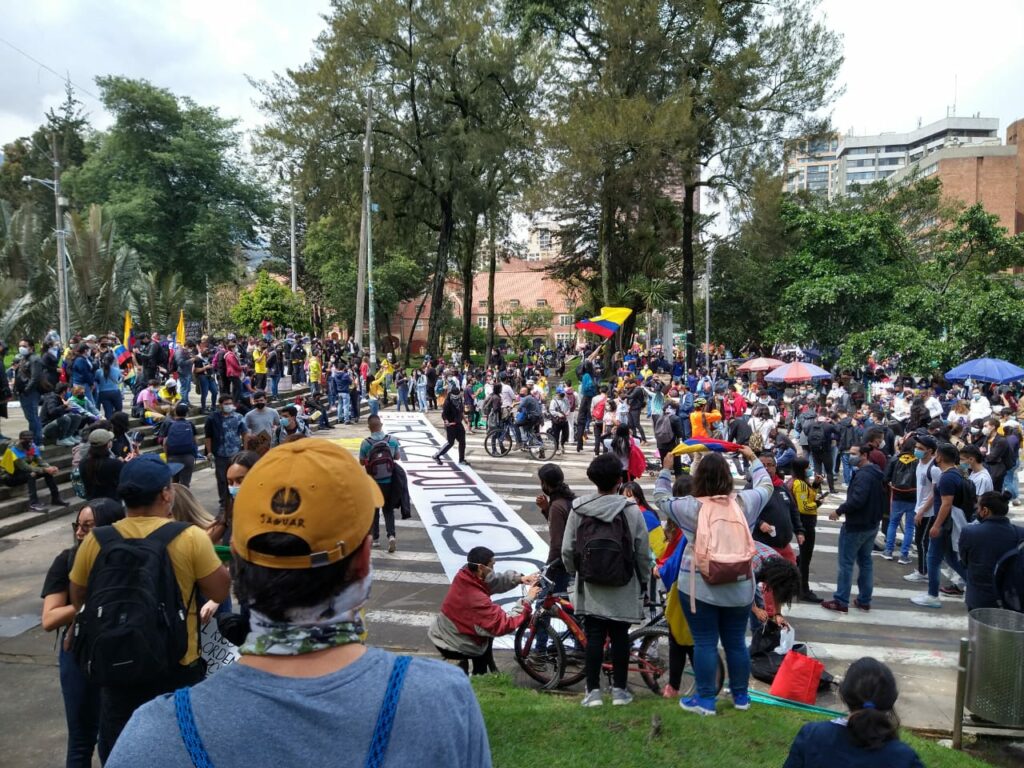
At the same time, the president did commit to investigating the activities of the police and military. He said he would not accept any actions that fell outside of the constitution. The question remains over whether this will really be punished and whether anyone really controls the police.
How has the international community reacted?
The United Nations have condemned the violence. Marta Hurtado, spokesperson for the UN High Commissioner, said in a press release yesterday: “We are deeply alarmed at developments in the city of Cali in Colombia overnight, where police opened fire on demonstrators protesting against tax reforms, reportedly killing and injuring a number of people.”
She added, “We remind the State authorities of their responsibility to protect human rights, including the right to life and security of person, and to facilitate the exercise of the right to freedom of peaceful assembly.”
Others, such as Peter Ptassek, the German ambassador to Colombia, have also criticized the use of force. His tweet yesterday said “Peaceful protests are a citizen’s right and a democratic achievement. Violence is not: We condemn it, wherever it comes from. Facts of injuries, deaths of protesters and the police must be investigated. We trust in prompt clarification by the authorities.”
I thought Colombia was in the midst of a third COVID wave?
It is. Although the Bogotá mayor is relaxing rules, COVID ICU occupation was at over 96% in the capital yesterday, and there are almost 100,000 active cases in the country right now.
One concern is that the protests are slowing the country’s vaccination drive, as well as hampering efforts to slow the spread. But as one protestor told reporters, people are more scared of hunger than they are of the coronavirus. Also, vaccine jabs have increased, with a high point this week.
Remind me why people are protesting?
There are a myriad of reasons why people are protesting. The most obvious is that — like many countries in the world — Colombia’s anti-COVID measures have hit the country’s worst off the hardest.
But even before the pandemic, social, economic, and political tensions were high. The demonstrations at the end of 2019 were extraordinary and violent as many ‘ordinary’ people took to the streets to express their dissatisfaction. And since then, things have only got worse.
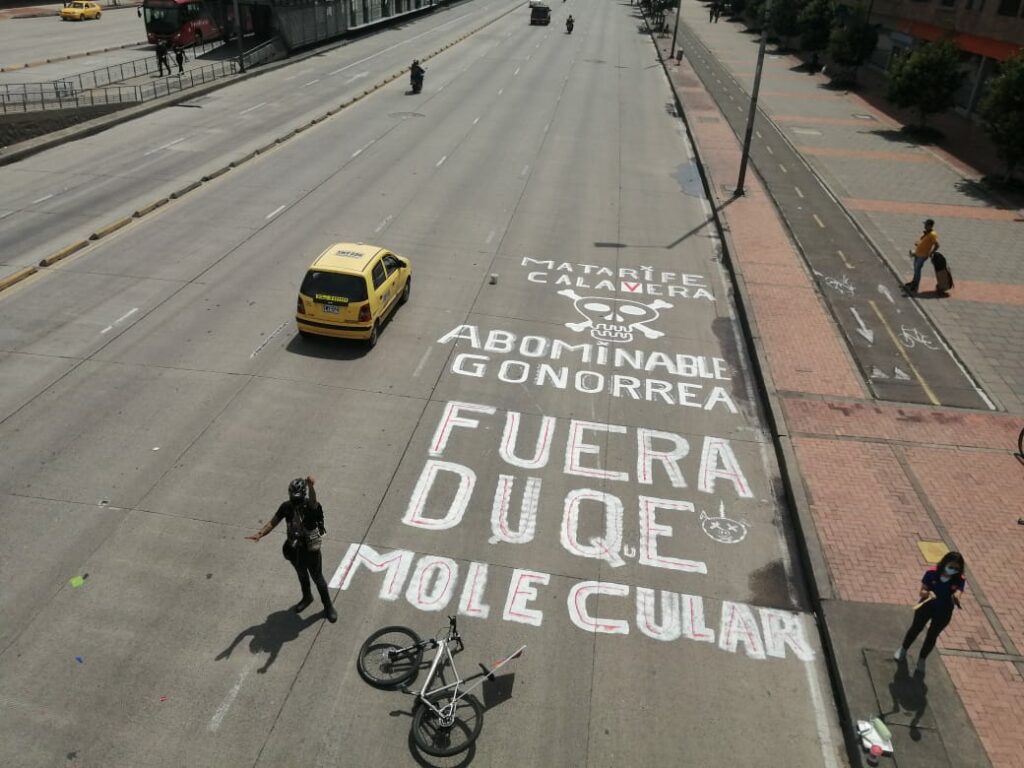
That’s why withdrawing the unpopular tax reform has done little to quell the unrest. Especially as the killings of civilians has yet again given people an even stronger reason to protest.
What now?
That’s a good question. Leading environmental activist, Francia Márquez tweeted yesterday, “The discontent of the people is not dealt with violence, dialogue is the way @IvanDuque. You were chosen to guarantee the lives of all Colombians, not to order the public forces to assassinate civilians.”
It is not clear whether people will buy into Duque’s idea of an open conversation. Some have already rejected it, and unfortunately he made a similar move during the 2019 protests that lead nowhere. In 2019, the protests simmered down partly because of Christmas. But December is a long way away.
If the authorities cannot win enough public confidence to even begin some form of dialogue, it is difficult to see what will change the status quo. Right now, we can only hope we won’t be reporting on more deaths and injuries tomorrow.


